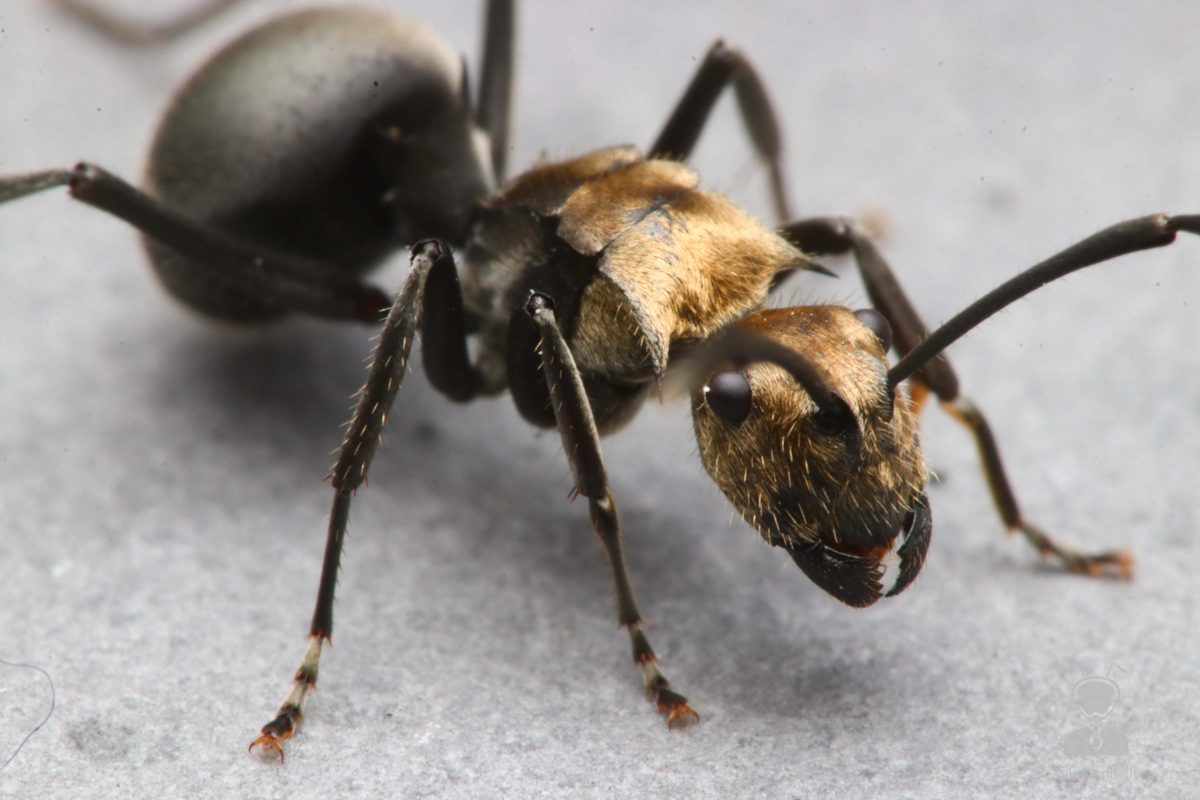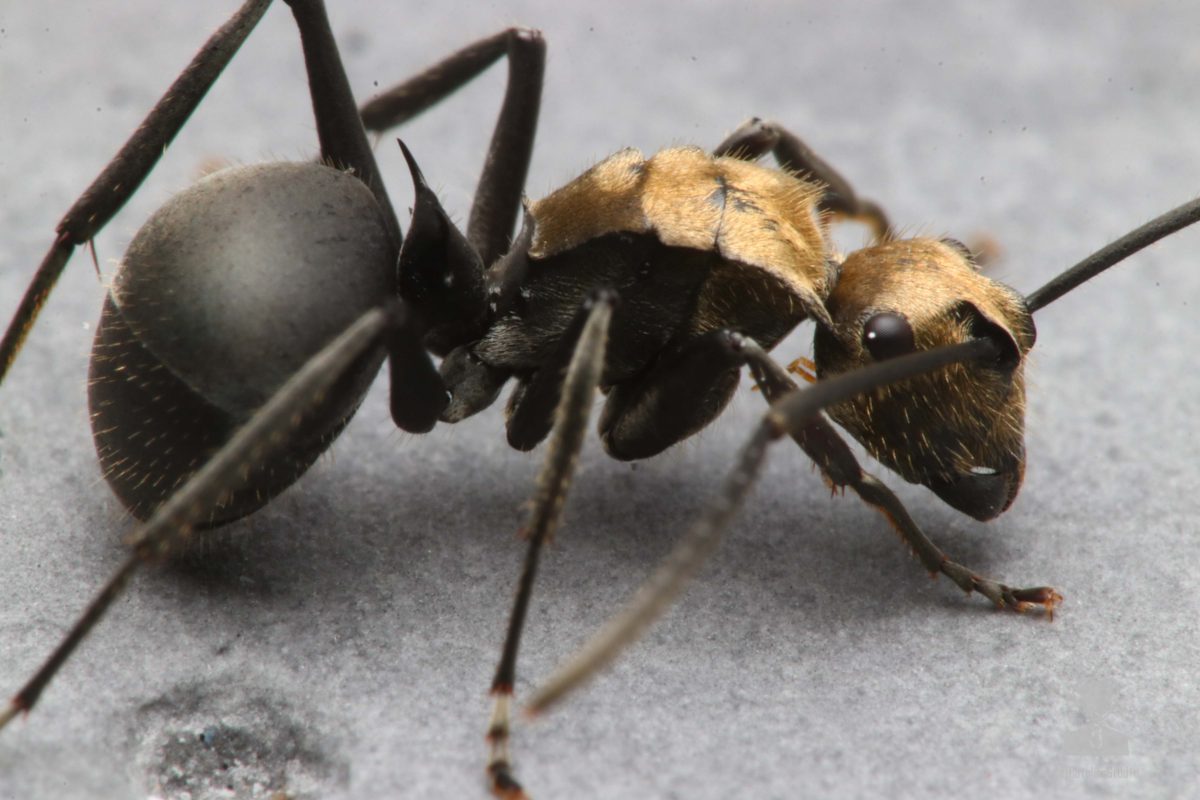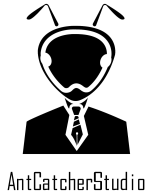
簡介
台灣產麥氏棘山蟻目前有爭議,至少有兩種的棘山蟻蟻種符合麥氏棘山蟻的型態描述,本篇文章照片雖鑑定結果為麥氏棘山蟻,但仍許多人稱其金毛棘山蟻、金毛sp.等等,本篇蟻種特色為明顯長的金色絨毛、腹部消光黑,且在中低海拔山區才有蹤跡。
另一種符合麥氏棘山蟻敘述之蟻種,體型較大;通體金色短絨毛,較常見。
蟻種資訊
麥氏棘山蟻(金毛棘山蟻sp.)學名:Polyrhachis illaudata (Polyrhachis sp.) |
|||
|---|---|---|---|
|
工蟻頭胸覆蓋豐富金色絨毛;或長或短,腹部為消光黑色;帶有金色長毛,肩部、前伸腹節、腹柄節皆有棘刺。 麥氏棘山蟻為單蟻后型的螞蟻,成熟群落由1隻蟻后和數百隻~數千隻的職蟻組成。麥氏棘山蟻屬雜食性的螞蟻,在野外以植物花蜜、蜜腺分泌或小型昆蟲屍體為食。中低海拔以上均有分布,築巢於樹木或許多乾草配合絲線製成的蟻巢中,體型大;在野外容易發現。 飼養容易,以飼料為主食,亦可使用糖水、蟑螂作為食物,使用石膏蟻巢、試管飼養。飼養環境須保持通風,並給予水塔。 |
|||
飼養資訊 |
|||
飼養容易度 |
稍難 | ||
溫濕度控制 |
不超過30度、通風 | ||
生產速度 |
慢 |
個性 |
敏感積極 |
生物學資訊 |
|||
制度 |
單后制 |
食性 |
雜食偏素食性 |
巢型 |
樹木、乾草 |
特有種 |
否 |
體長 |
蟻后 |
約11~12mm | |
兵蟻 |
無兵蟻 | ||
工蟻 |
約8~10mm | ||
清晰照片




